#Research#
The process of climate neutrality has an impact on all aspects of urban society. These huge influences make climate neutrality an opportunity for regional transformation, especially for regions with relatively weak economic structures. Aachen is a traditional industrial area in Europe, and the “Rheinische Revier”(Rhine Mines) where it is located is one of the important industrial and mining areas in Germany. In particular, the open-pit mining of lignite has had a major impact on the landscape and socio-ecology here. The huge and spectacular Garzweiler open-pit mine, the Hambach open-pit mine and other surrounding coal mines of various sizes together form the largest lignite mining area in Europe. RWE controls the lignite industry chain and is also one of the economic pillars of the region. The implementation of the structural change plan in the region started around 2011, and its main goal is to close all lignite mines by 2038, completely phase out lignite and achieve carbon neutrality. In the context of this structural change, this study quantifies the changing corporate world in the region, explores possible future development scenarios based on urban and social development trends, and provides strategies for the sustainable development of the region.
Actor Analysis
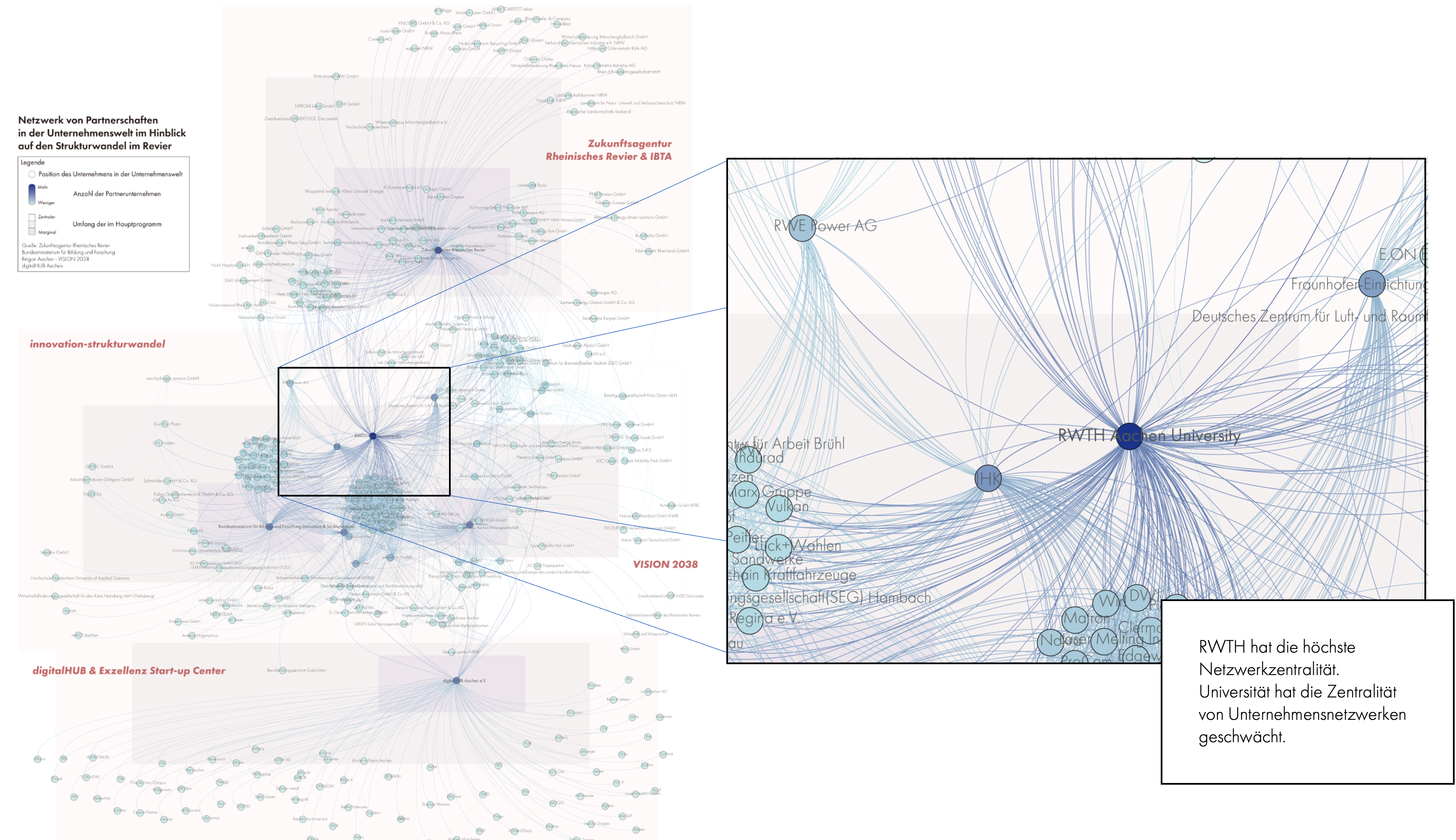
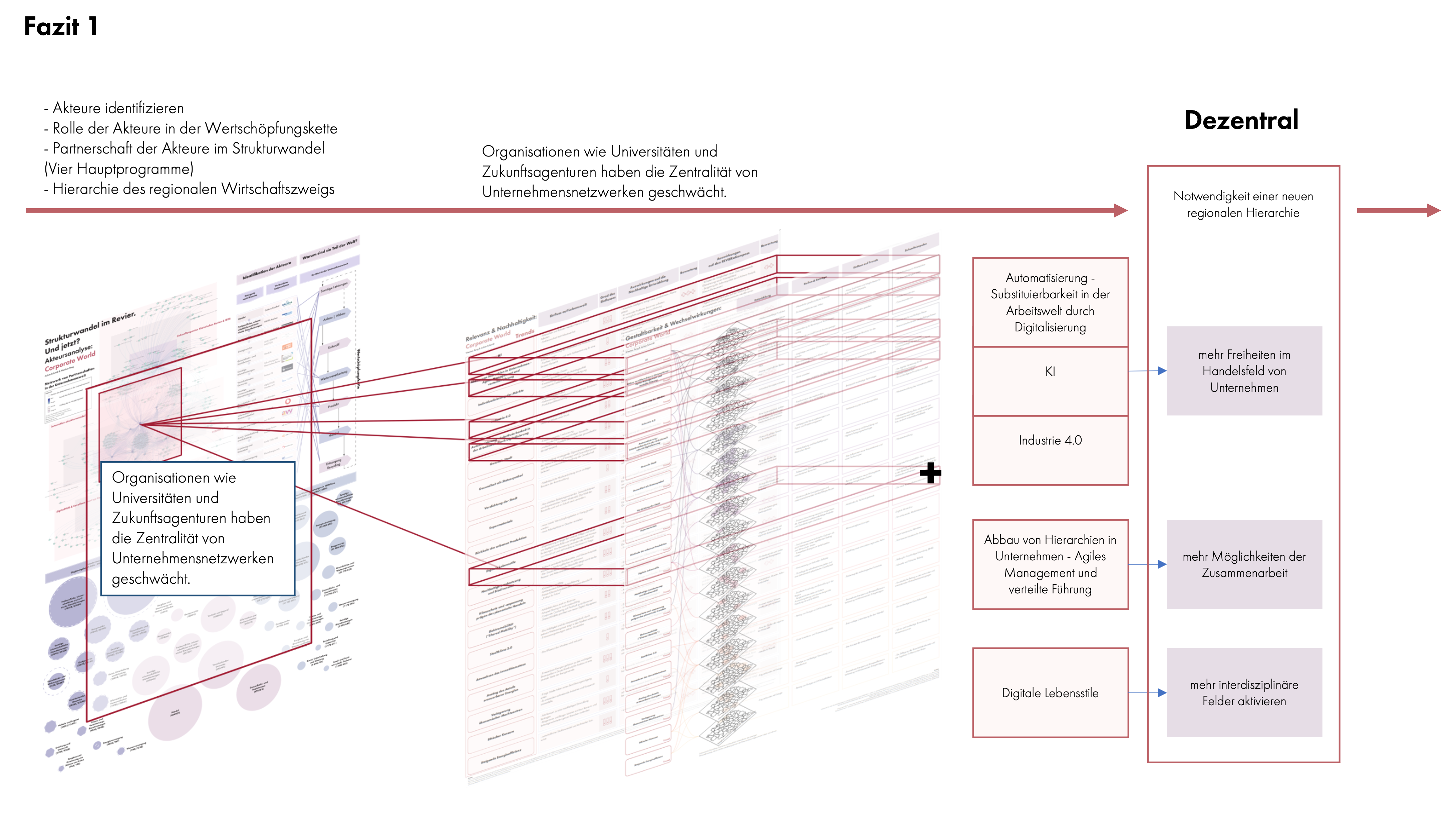
Different from the traditional enterprise development model dominated by large companies, institutions and organizations such as RWTH and ZRR are acting as a link to connect more enterprises at this stage. They dissolve the centrality of the corporate world within Revier. This is an important feature that distinguishes the corporate world in Revier from other regions. This feature will be driven by some trends in today's society, such as the reduction of corporate hierarchy will lead to more freedom in the field of business operations of enterprises, digital life will bring more possibilities for cooperation, automation, ki and industry 4.0 will make more interdisciplinary fields be recognized. activation. We believe that these drivers will make the region more decentralized. In this structural change, a new hierarchical structure within Revier is necessary. Corresponding to the corporate world, decentralization will become a feature of the new industrial zone system within Revier. Decentralization means that there is a closer connection in the network, there is no center or every node is a center. Under this assumption, we argue that more efficient links can form a cornerstone to realize the new system.
Environment Analysis
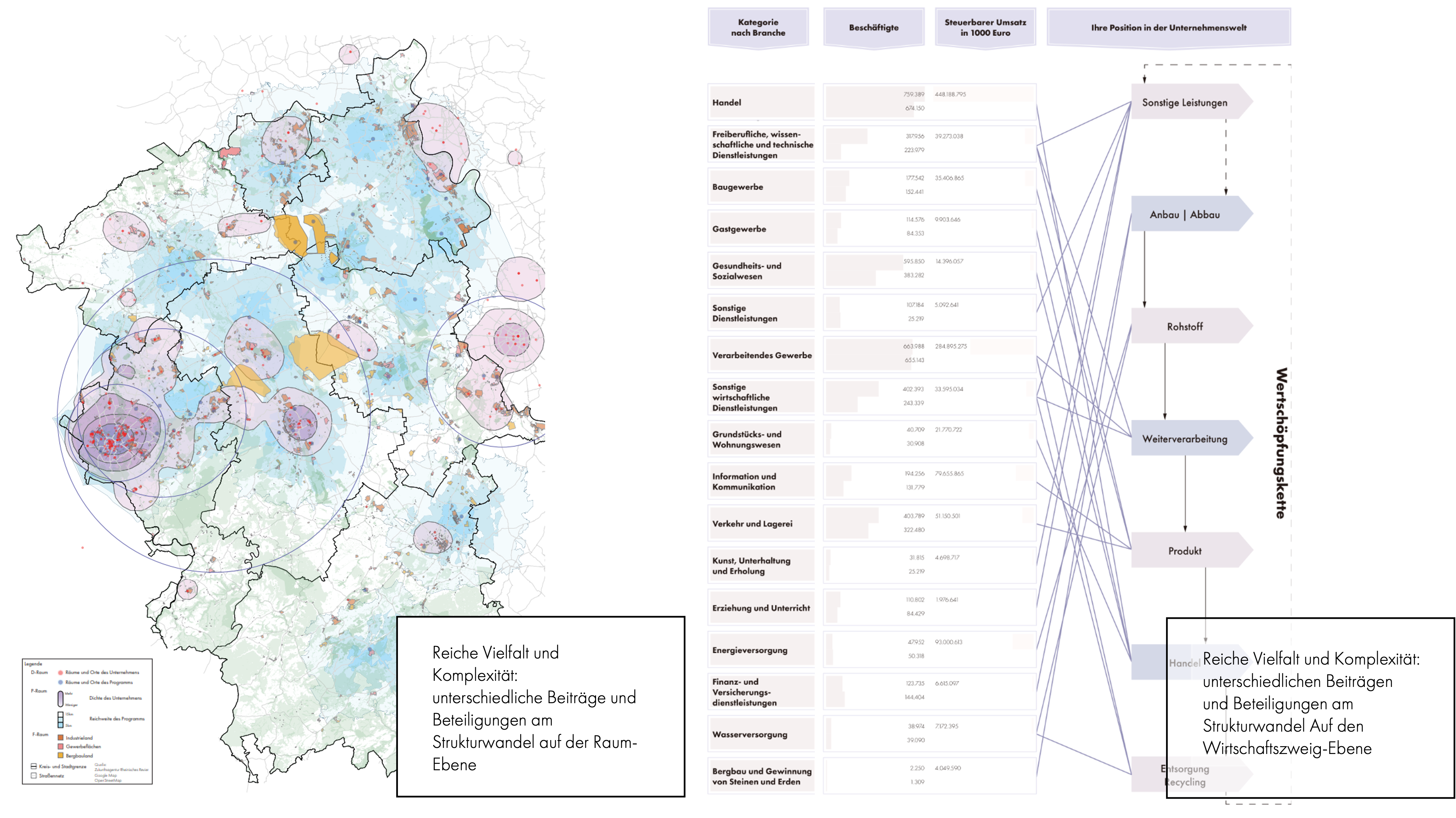
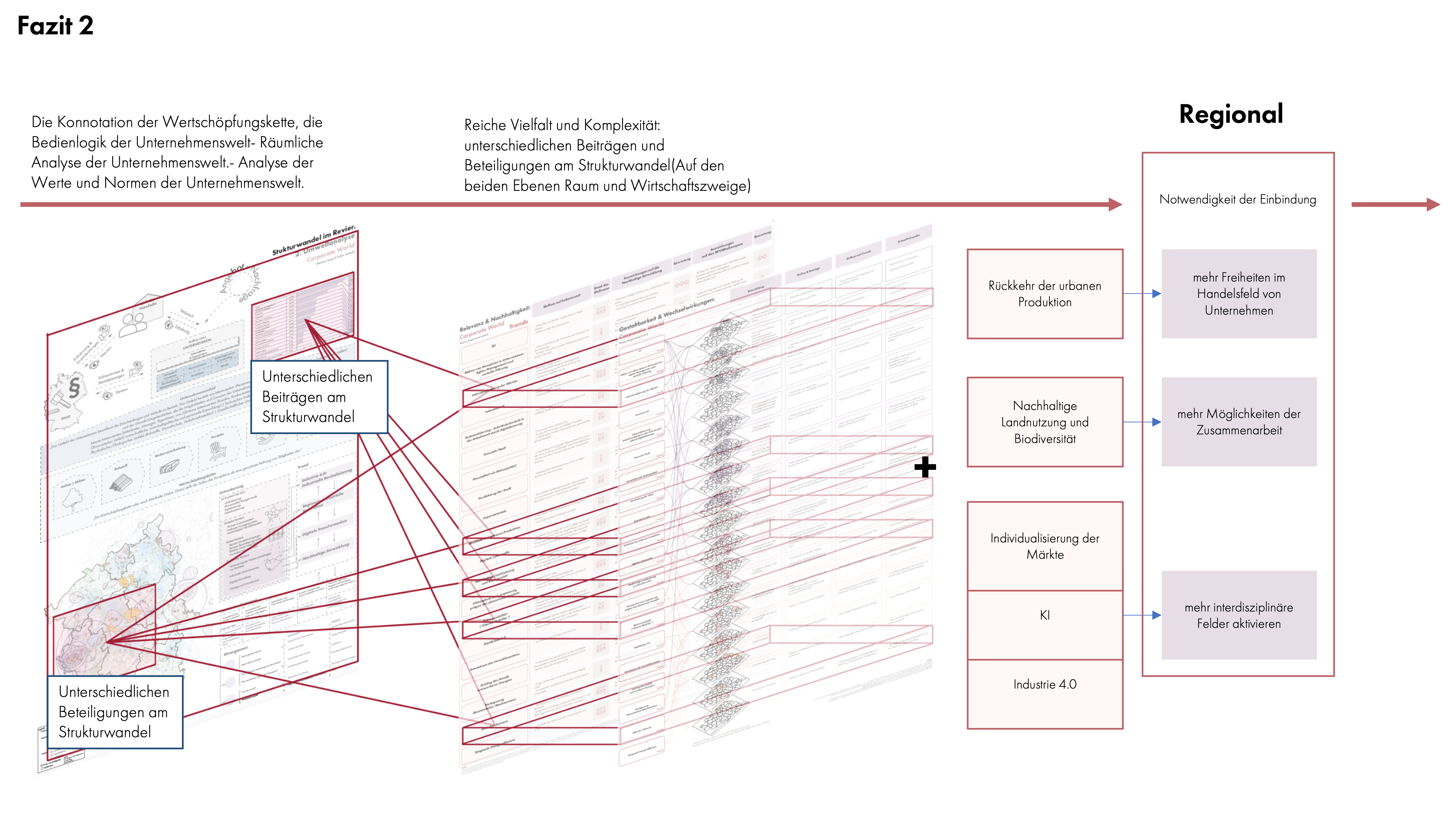
The environment of structural change throughout Revier's corporate world is complex in both space and economic branches, manifested in differences in contributions to and participation in structural change. This is an important feature of the corporate world in Revier's structural changes. This feature will be driven by some trends in today's society, such as Return of urban production, Sustainable land use and biodiversity, which will further lead to changes in the corporate world at the spatial level. Trends such as market personalization, ethical consumption, etc. will lead to changes in the corporate world at the level of economic branches. Considering the realities and trends, we believe that the new industrial system needs to be more regional. Based on this assumption, we believe that we need to structure the system of the regional enterprise world from a higher level. This means elements on a non-material level, so we use a cultural vision as a cornerstone for the future.
Related to Structural Change
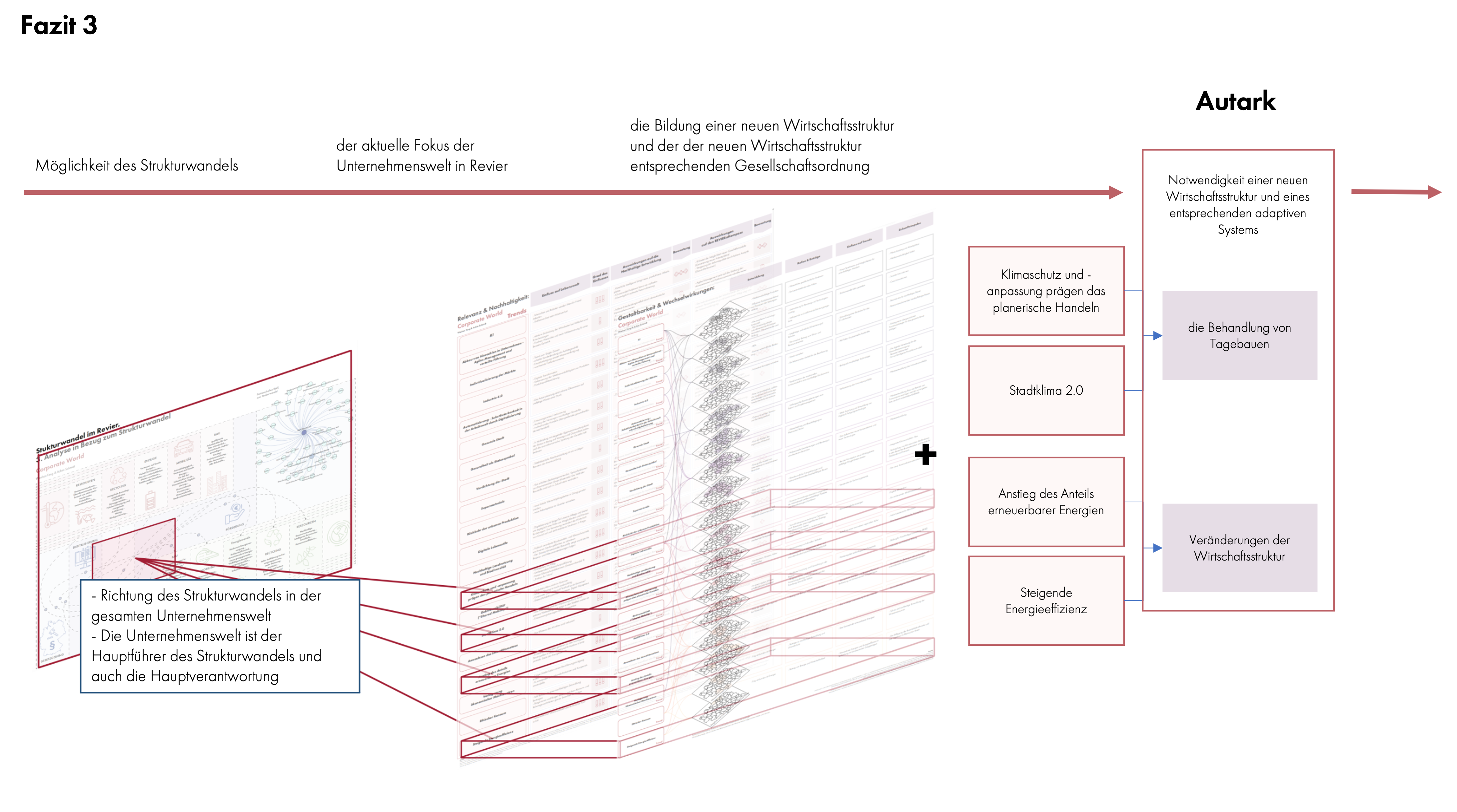
As the focus of structural change, the current focus of the corporate world in Revier should be the formation of a new economic structure and the social system corresponding to the new economic structure. Many trends will have an impact on it. For Revier, trends related to the ecological environment and energy (Increasing energy efficiency, increase in the share of renewable energies, climate protection and adaptation characterize planning activities) have a particularly large impact, because for coal mines The treatment of is one of the key points around which the revision of Revier's structure changes. In this process, regions need self-sufficient systems, and adaptability is especially important. Therefore, adaptability is one of the cornerstones of the future.
Cornerstone of Future Development
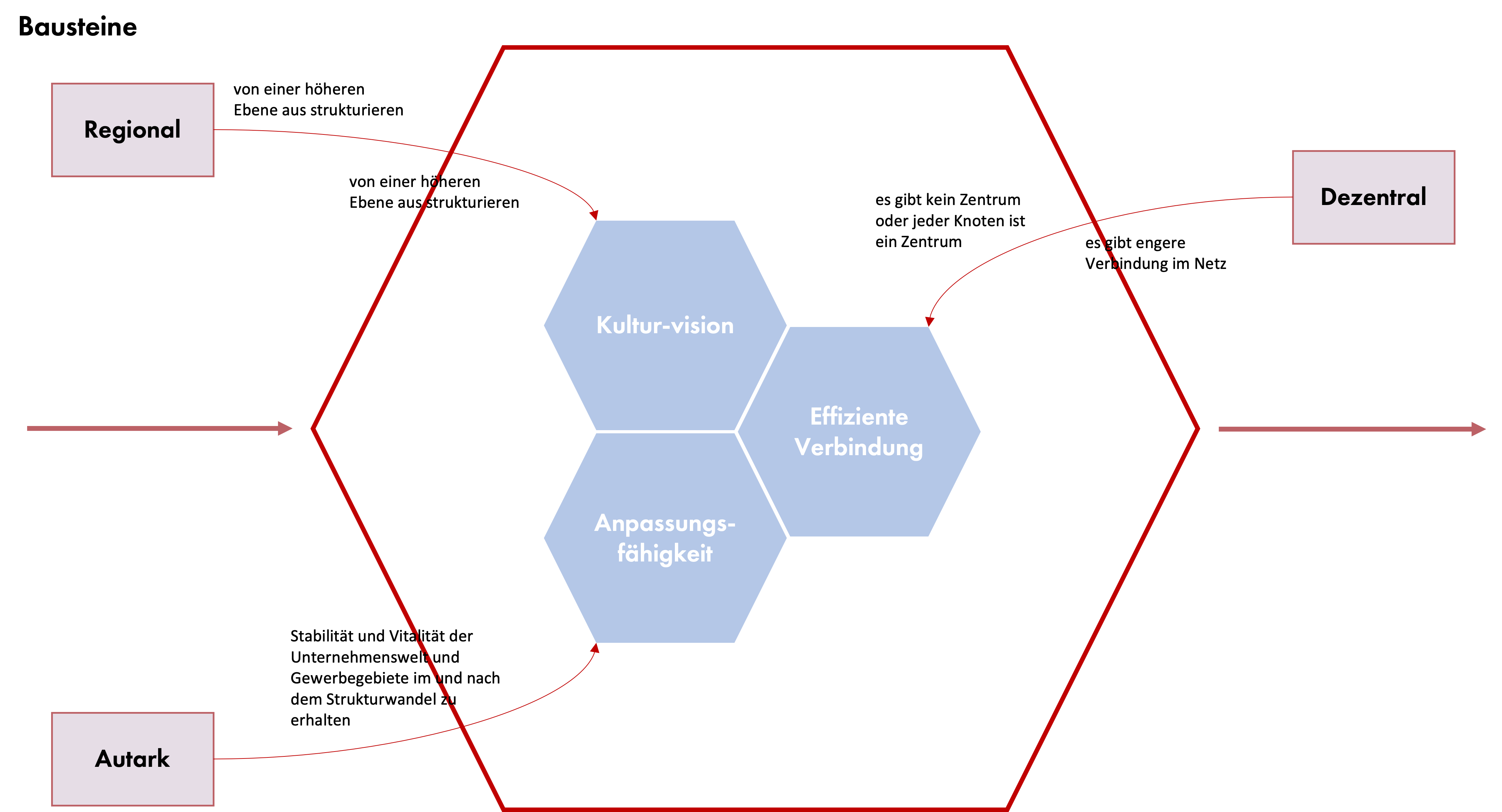
For the region, the cultural vision is related to the cultural characteristics of the geographical location. The area is a complex area. The cultural vision contributes to regional integration and the efficient use of regional resources. At the same time, the cultural vision becomes a bridge between companies. In the company, the cultural vision is expressed as a quality that can promote unity within the company.
The connection in the region refers to the exchange of goods, labour, capital, technology and information. Efficient connections can promote regional economic development and overall planning. For companies, this connection includes not only cooperation, but also competition. It can promote collaboration and complementarity between companies. Efficient connections are also the positive relationships between people and elements in a company. Efficient connection can promote the achievement of corporate goals.
Adaptability refers to the ability to take effective adaptation measures. For a company, is the ability to interact with the environment. This is an important basis for sustainable development. Adaptability within an organization is an organization's ability to learn and adapt. It can stimulate motivation.
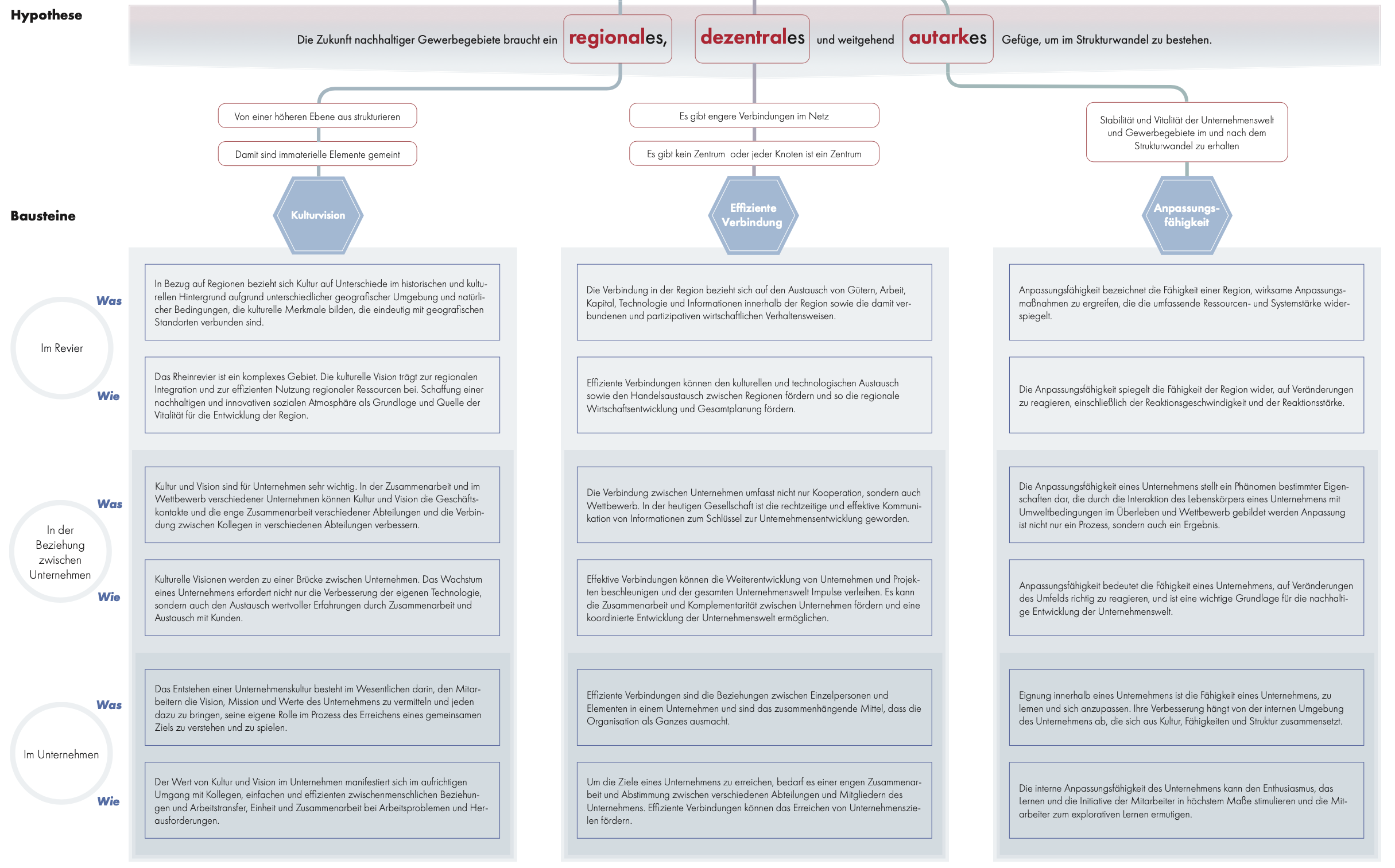
Process Design
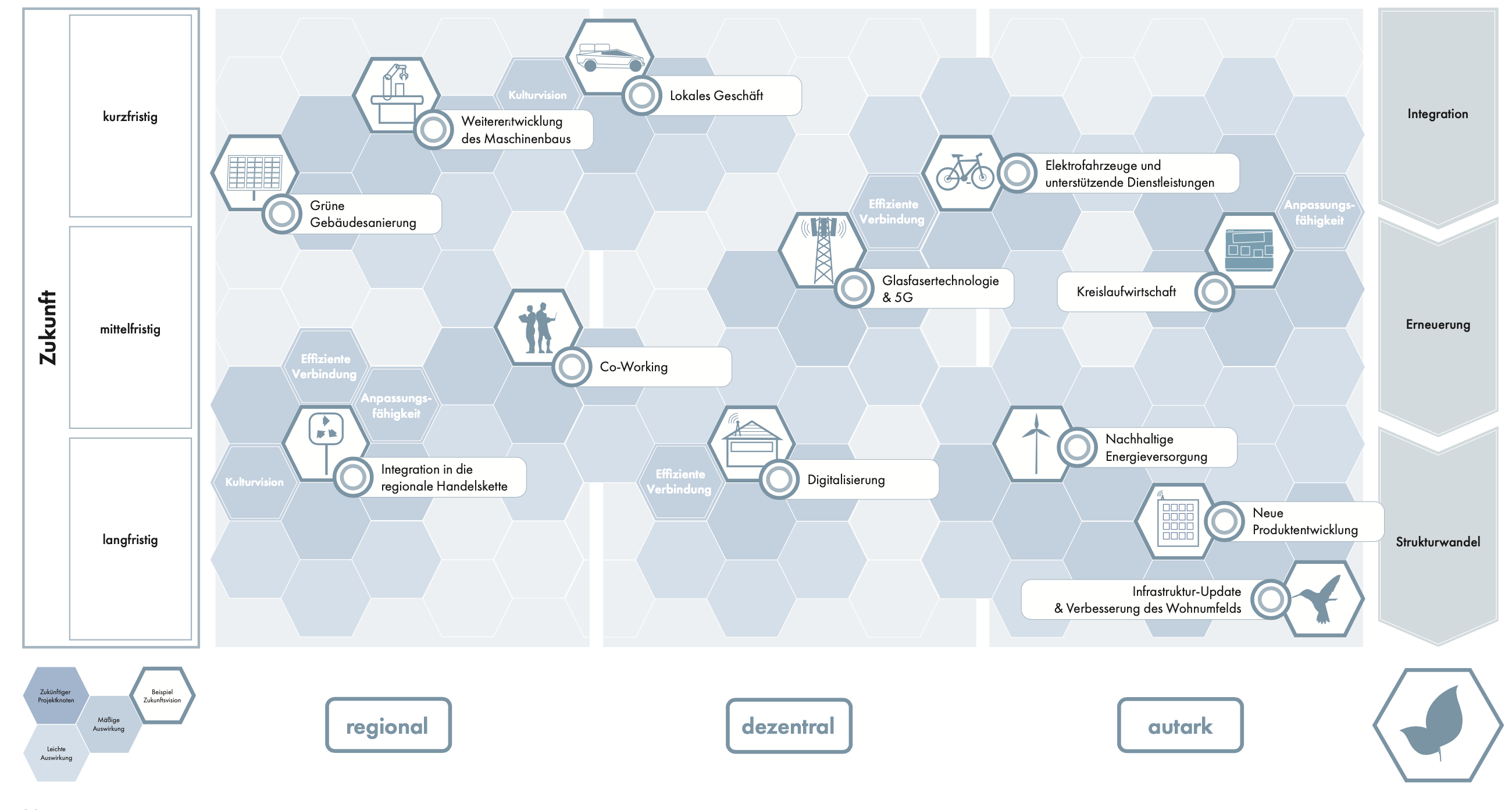
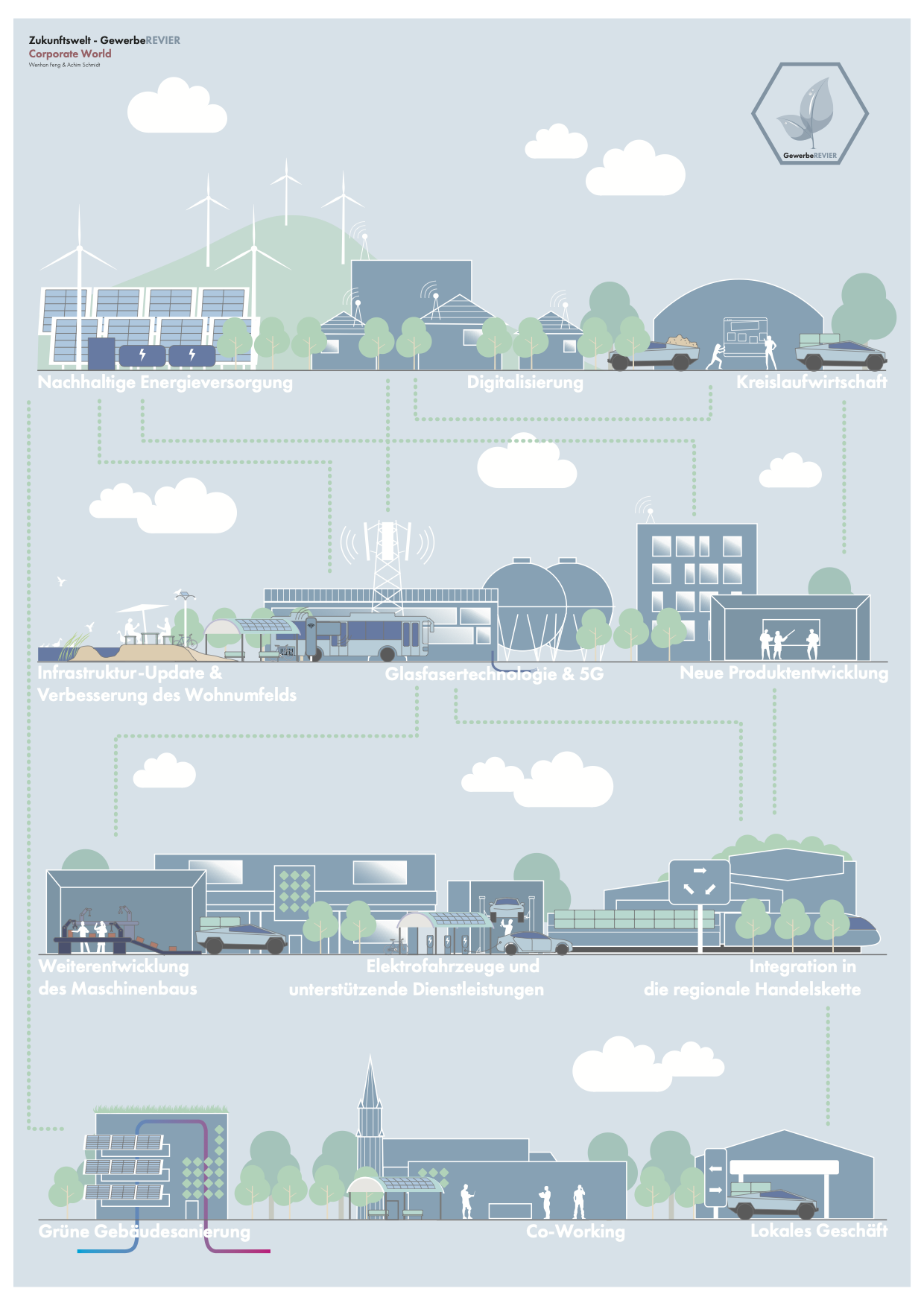
Collaborators: Achim Schmidt.